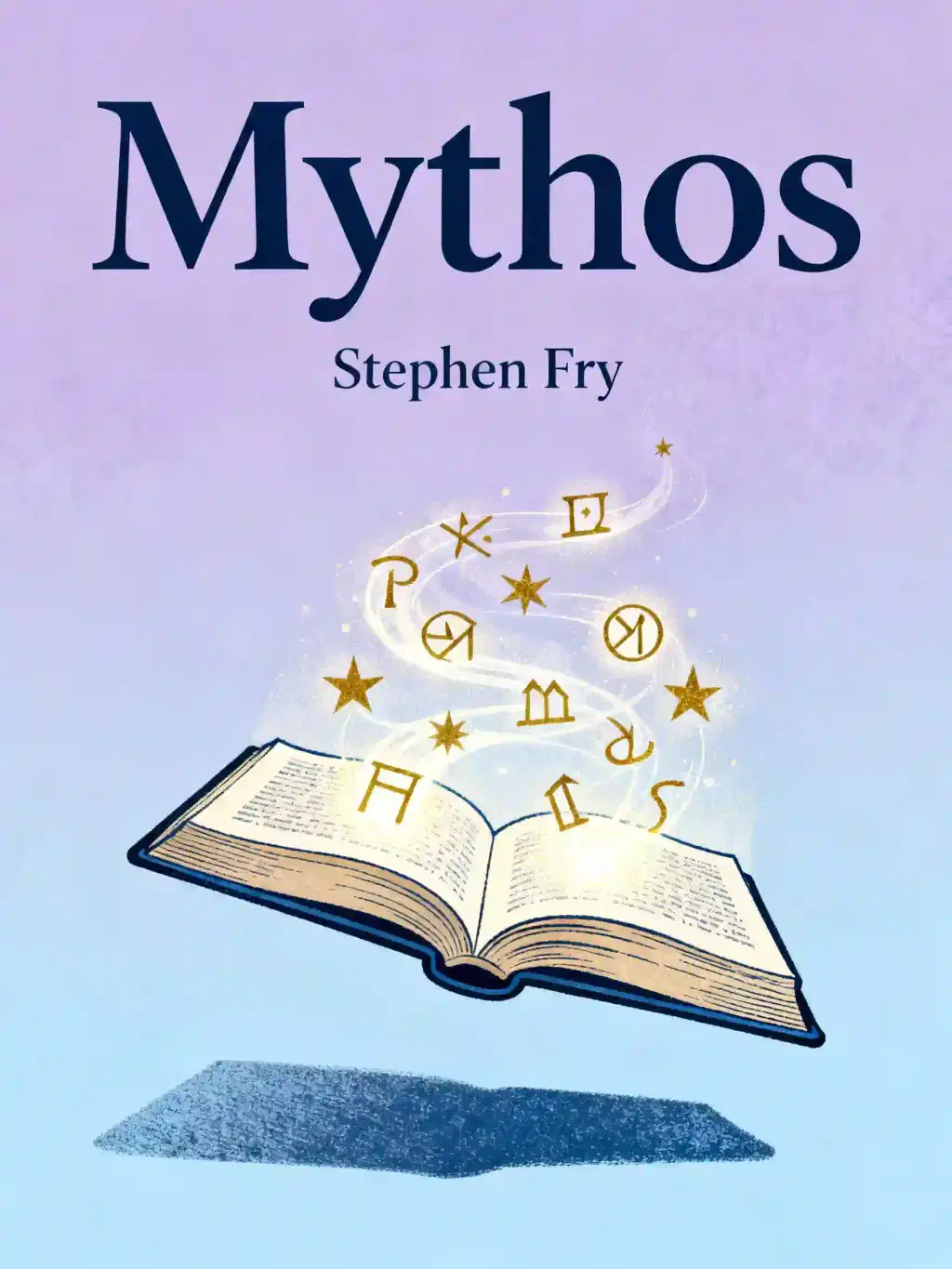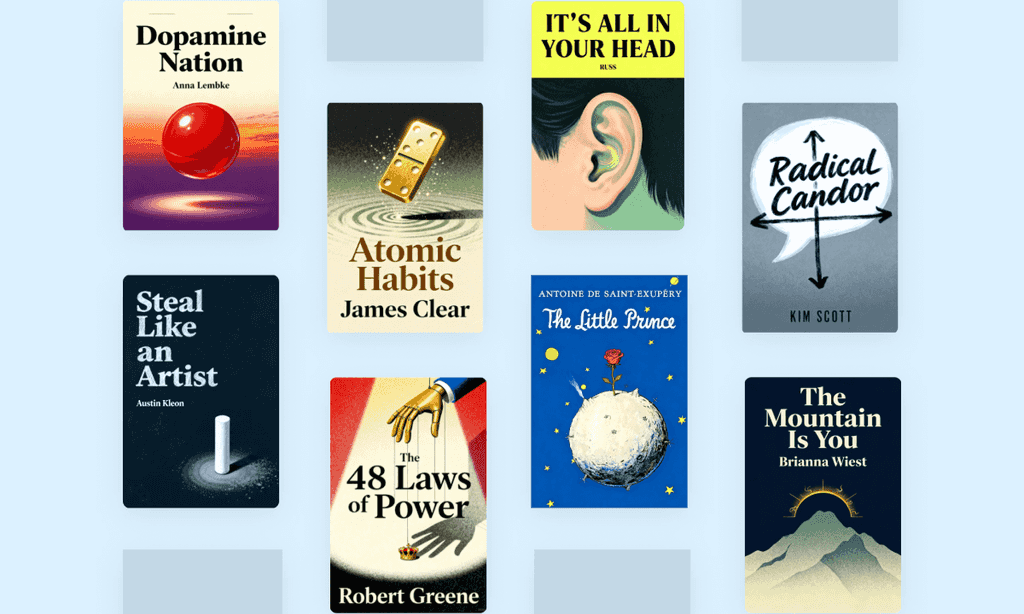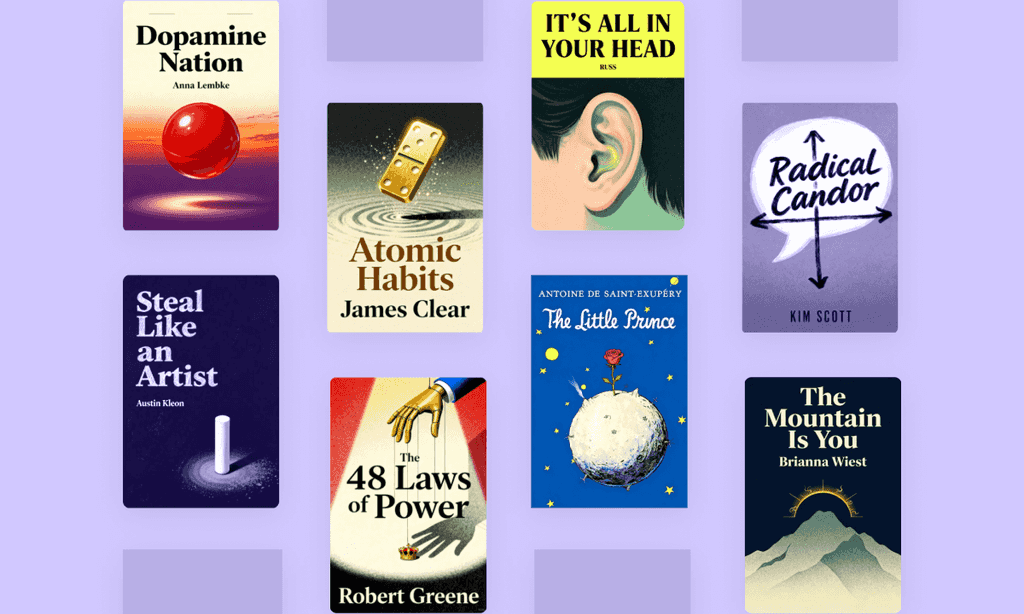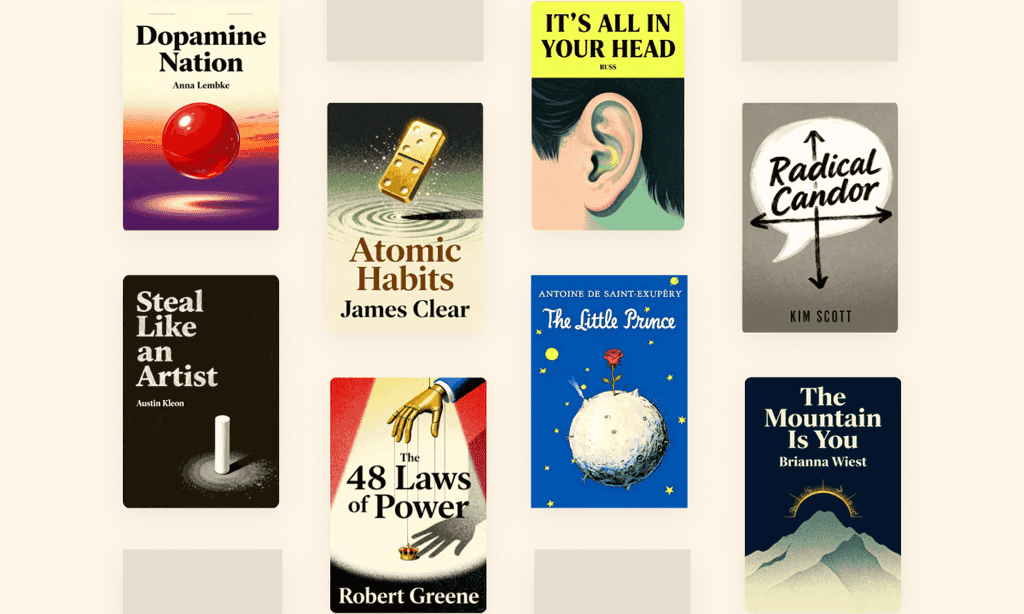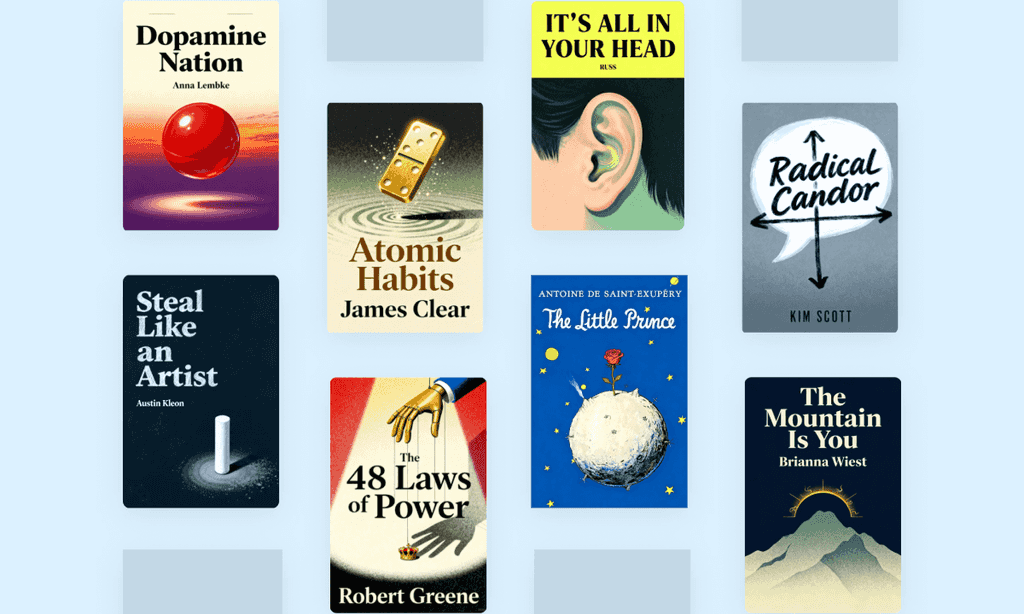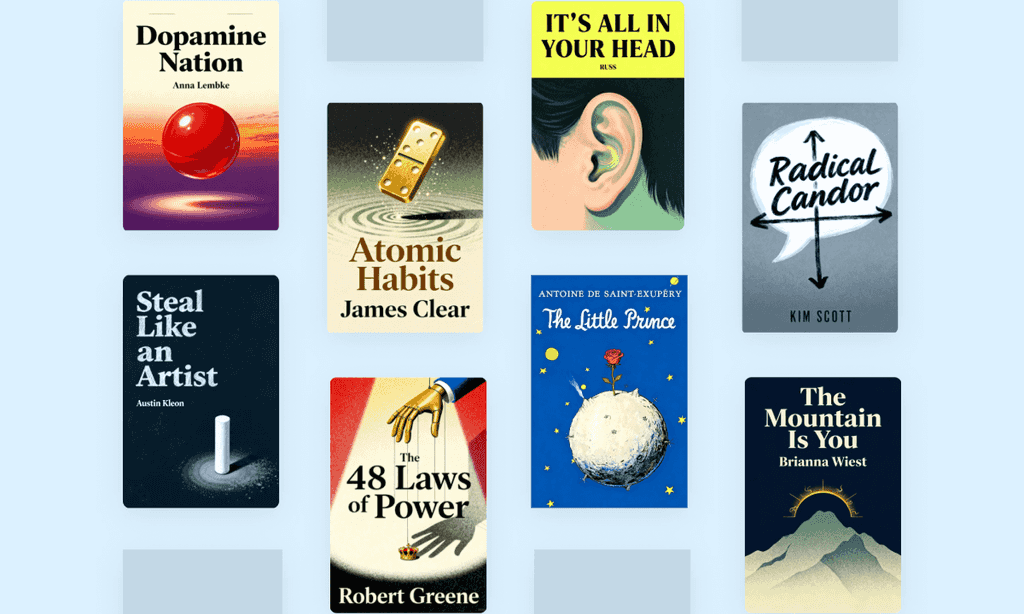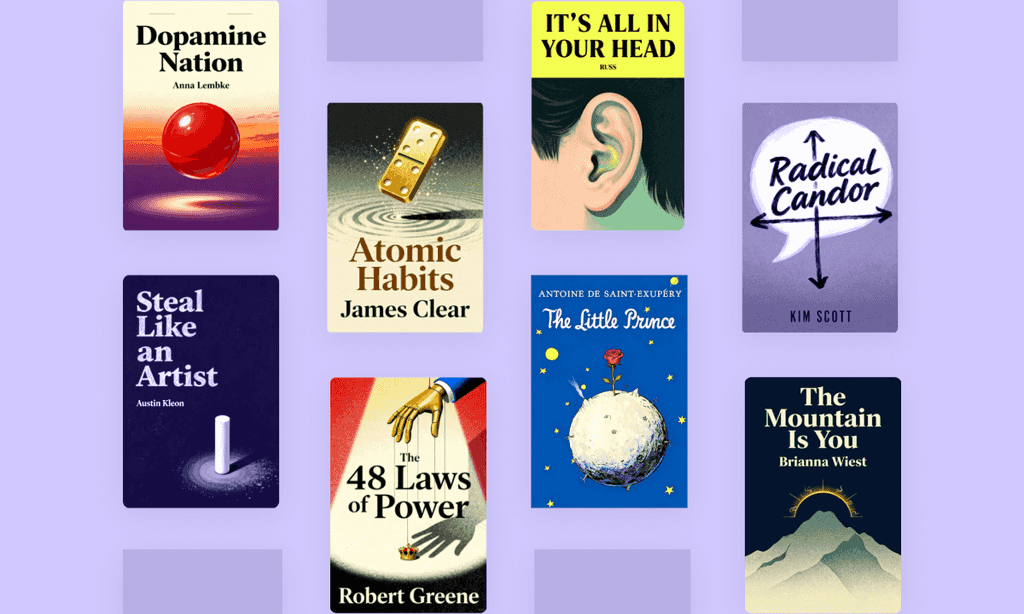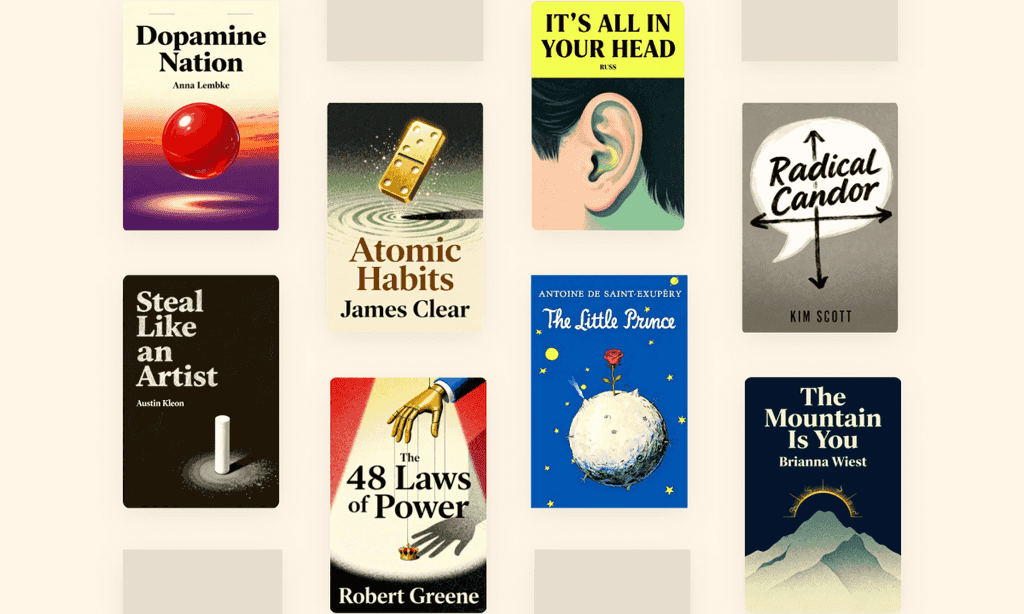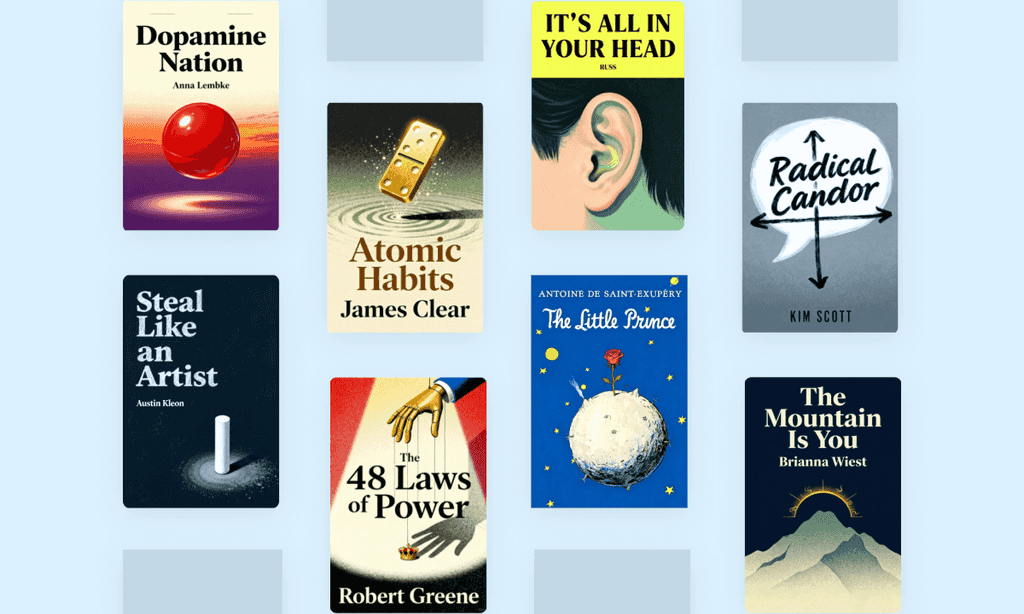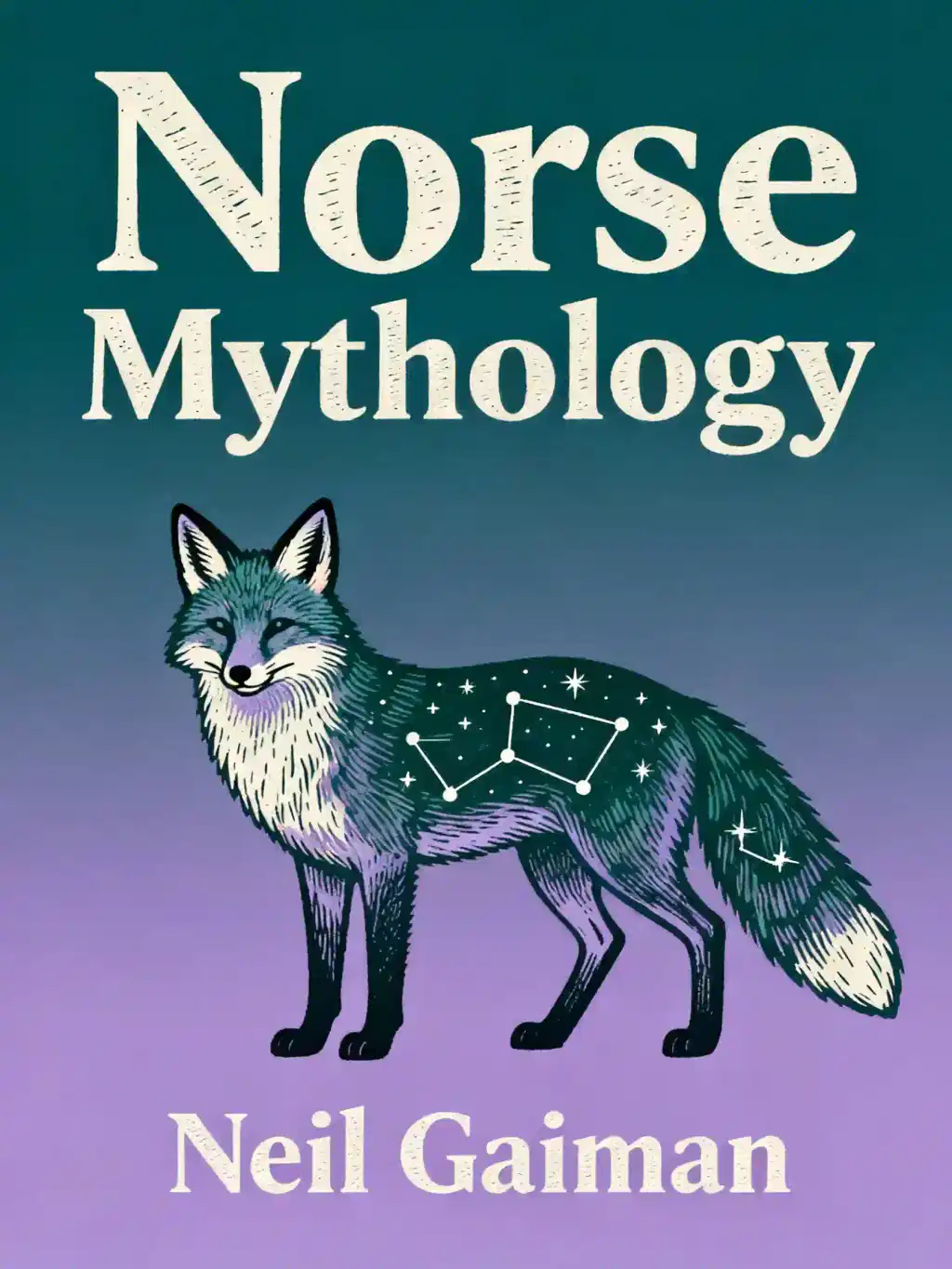
Norse Mythology by Neil Gaiman Summary
Gaiman breathes fresh life into ancient Norse tales, crafting a bestseller that made Thor and Loki accessible beyond Marvel fans. Praised by historians for its captivating storytelling, this 283-page journey reveals the surprising depth behind gods who feel remarkably human.
About the author
Neil Richard MacKinnon Gaiman, the bestselling author of Norse Mythology, is a master storyteller renowned for reinventing ancient myths and weaving darkly imaginative fantasy. Born in Portchester, England, and now based in the United States, Gaiman bridges folklore and modern sensibilities, a theme evident in his New York Times bestselling exploration of Norse legends.
His works, including American Gods (a Hugo and Nebula Award winner), Coraline, and The Graveyard Book (the first book to win both the Newbery and Carnegie medals), blend mythology, horror, and whimsy, cementing his status as a visionary in speculative fiction.
Gaiman’s career began with groundbreaking graphic novels like The Sandman, which revolutionized comics by earning literary accolades, including a World Fantasy Award. A prolific creator across mediums, his novels Stardust and Good Omens (co-written with Terry Pratchett) have been adapted into films and series, while The Sandman became a Netflix phenomenon.
Norse Mythology distills his knack for breathing life into ancient tales, reaching #1 on bestseller lists and resonating with both critics and readers. Translated into over 40 languages, his works have sold millions, bridging literary and pop culture landscapes.
FAQs About This Book
Norse Mythology retells ancient Scandinavian myths through Neil Gaiman’s accessible prose, focusing on gods like Odin, Thor, and Loki. It spans from the world’s creation to its apocalyptic end (Ragnarök), blending humor, drama, and cosmic stakes. Gaiman preserves the myths’ dark, chaotic spirit while modernizing their delivery, making them engaging for contemporary readers.
This book suits mythology enthusiasts, fans of Gaiman’s storytelling, and newcomers seeking an entrypoint to Norse legends. Its vivid, conversational style appeals to young adults and older readers alike, though it avoids dense academic analysis, prioritizing narrative flair over scholarly depth.
Yes—Gaiman’s retelling breathes life into ancient tales with wit and clarity, offering a gateway to Norse myths without sacrificing their complexity. Critics praise its balance of fidelity to source material and fresh perspective, though readers seeking rigorous historicity may find it overly simplified.
Gaiman’s Loki embodies chaos and cunning, mirroring traditional myths where he oscillates between ally and antagonist. Unlike Marvel’s antihero, this Loki is unapologetically treacherous, orchestrating Ragnarök and embodying the Norse concept of inevitable destruction.
Yes—the book culminates in Ragnarök, the apocalyptic battle where gods like Odin and Thor fall, and the world burns. Yet Gaiman hints at renewal, with two survivors repopulating Earth, reflecting the Norse cyclical view of time.
Themes include fate, transformation, and duality: gods grapple with prophesied doom, Loki shifts between loyalty and betrayal, and destruction precedes rebirth. Gaiman underscores the myths’ existential tension between order and chaos.
Gaiman adheres closely to medieval sources like the Prose Edda, though he streamlines narratives and injects modern dialogue. Scholars note omissions but commend his respect for the material’s spirit, making it a faithful yet accessible adaptation.
Odin (wise ruler), Thor (strong but dim-witted warrior), and Loki (trickster) dominate the stories. Secondary figures include Heimdall, Freya, and giants like Surtr, each playing pivotal roles in the cosmic arc.
The 2024 illustrated edition features full-color art by Levi Pinfold, enhancing the myths’ epic scale. Visuals complement Gaiman’s prose, offering a immersive experience for readers of all ages.
Yggdrasil, the world tree, binds the nine realms (e.g., Asgard, Midgard) in Norse cosmology. Gaiman emphasizes its role as a structural and symbolic pillar, surviving Ragnarök to shelter humanity’s rebirth.
Some critics argue the book simplifies complex myths, favoring storytelling over cultural or historical context. However, most praise its readability and ability to revive ancient tales for modern audiences.
Yes—the book opens with Ymir’s slaying by Odin and his brothers, who fashion the world from the giant’s body. It also details the origins of humans (Ask and Embla) and the nine realms.
Quick Summary Mode - Read or listen to Norse Mythology Summary in 9 Minutes
Break down key ideas from Norse Mythology into bite-sized takeaways to understand how innovative teams create, collaborate, and grow.
Flash Card Mode - Top 10 Insights from Norse Mythology in a Nutshell
Distill Norse Mythology into rapid-fire memory cues that highlight Pixar’s principles of candor, teamwork, and creative resilience.

Fun Mode - Norse Mythology Lessons Told Through 22-Min Stories
Experience Norse Mythology through vivid storytelling that turns Pixar’s innovation lessons into moments you’ll remember and apply.
Personalize Mode - Read or listen to Norse Mythology Summary in 0 Minutes
Ask anything, pick the voice, and co-create insights that truly resonate with you.

From Columbia University alumni built in San Francisco
See More Stories?

Get the Norse Mythology summary as a free PDF or EPUB. Print it or read offline anytime.








